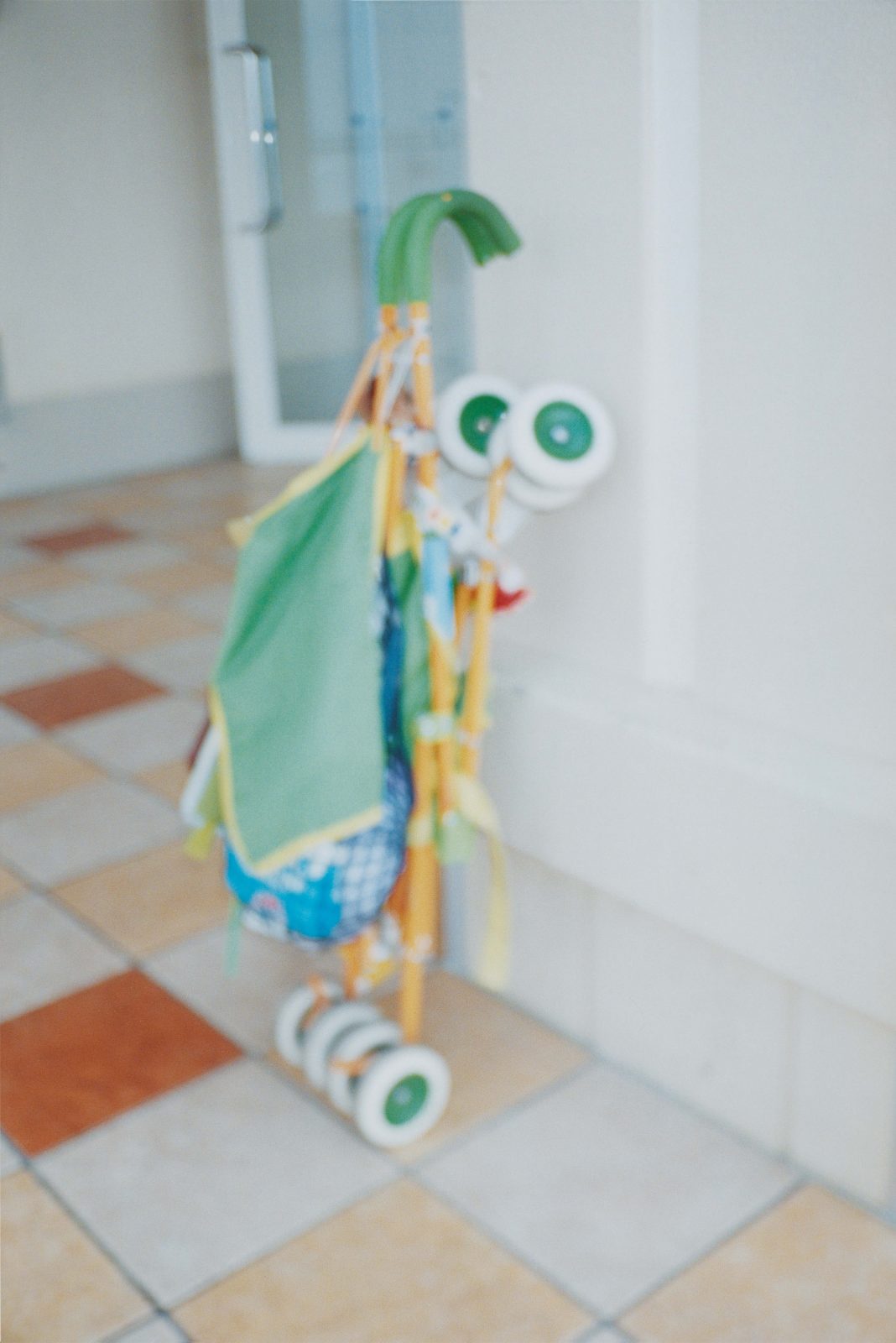Chris Boot had just published Stephen Gill’s first book Field Studies when I began working for him in 2005.
I remember being drawn to Gill’s quasi-anthropological conceptual approach, softened by its humour and the quiet beauty of its photographs. I knew Gill’s work already because he used to shoot for Colors magazine while I was working as an editor there under the scrutiny of Adam Broomberg and Oliver Chanarin. I remember that printouts of his series of Trolley Portraits adorned the kitchen of the Photo Editor’s flat in Treviso. After Field Studies, Gill went solo and started to publish his own photobooks under the moniker of Nobody Books: amove prompted more out of necessity than design, for the prolific nature of his work was at odds with traditional marketing dictums.
[ms-protect-content id=”8224, 8225″]
Our paths have crossed again recently when I curated a selection of contemporary self-published photobooks for an exhibition at The Photographers’ Gallery in London. I felt that I had to include at least one of Gill’s eleven self-published books; mainly because they are interesting, but also because his prolific production of photobooks has become a landmark in contemporary photography. He is the pin-up for a new generation of photographers who are rethinking about how to disseminate their work within a challenging cultural and economic landscape.
Gill’s artistic practice is rooted in bookmaking, opening comparisons with another prolific British photographer, Martin Parr (who has authored more than fifty books). Parr has supported and arguably influenced Gill’s career from its beginnings (which started as an intern at Magnum Photos), and an obsessive relationship with books is at the core of their practices.
But their engagement with books is very different. Parr’s promiscuous relationship with publishers suggests his books result from a series of collaborations, while Gill’s double role as both author and publisher aligns his with the long tradition of artists’ books.
The list of photographers who have found the pages of books the ideal space for showing their work and who have transformed the books themselves into objects of art, is considerable. Although the distinction between artists’ books and self-published books is blurry, most photography historians use the publication of Ed Ruscha’s Twentysix Gasoline Stations (April 1963) as the starting point of modern self-publishing, when the tradition of artists’ bookmaking encountered mass production for the first time.
To look at Gill’s books only in the light of the contemporary renaissance of self-publishing, (promptly contextualised by Joachim Schmid in the previous issue of Photoworks), is limiting. Yes, Gill has probably championed self-publishing, but we should focus our attention to the books themselves. Would his books be so wonderfully eccentric if they were published by somebody else than him? Would he be published at all for that matter? The slow but implacable evolution of his books, since Field Studies– where the hands of Chris Boot can be undeniably recognised (and in my view appreciated)- is of course related to the maturing of his art practice, but also to his gaining of confidence and the mastering of bookmaking. Gill’s artistic work is inseparable from his role of publisher, and from the three-dimensional objects he has produced.
Gill makes his books. Trinidad 44 Photographs, published in an edition of one hundred and fifteen copies last year, was manufactured and assembled by hand by Gill and his friends. The cover is a page from an original 1964 magazines he had collected in Trinidad. And in Coming Up for Air, he has personally hand-painted each dust jacket, making each copy unique.
Coming Up for Air presents pictures shot between 2008 and 2009 in Japan. Not much else is known about the project (there is no introduction or captions in the book), except that Gill photographed in and around Japanese aquariums. The Japanese project signals a real departure from Hackney, the area in east London where he lives, and has which been the theme, inspiration and background of his work for the last decade.
It’s no surprise that his Hackney work always felt very controlled, sometimes even contrived, while his Japanese pictures, despite a defined conceptual framework (the aquariums, their visitors and their creatures), doesn’t. There is a sense of confusion and looseness. Most of his previous work was framed by his obsessive nature, and the concepts (such as collecting discarded betting slips or burying photographs) facilitated his need to catalogue, study and possibly ‘make sense’ of his home environment. Despite his attempt to hold on to a protective framework, in Japan he let go. The result is a book that feels claustrophobic, unfocused and raw.
Gill has matured into a very interesting artist; confident and brave enough to go and get lost in a place. What at first appears as an unresolved travelogue (Japan in the eyes of a British man), actually becomes, paradoxically, more biographical. The water and glass between him and the aquarium’s fishes becomes the metaphor of the unresolved relationship between subject and image-maker. The book offers an insight into the complex nature of documenting, and perhaps, Gill’s struggle to come to term with it.
[/ms-protect-content]
Published in Photoworks Issue 15, 2010-11

